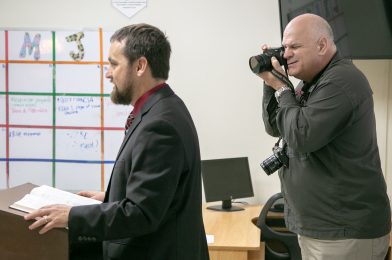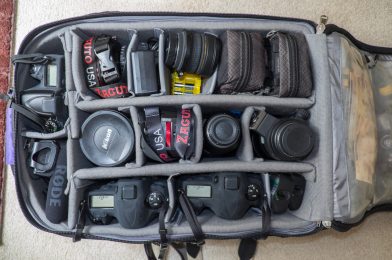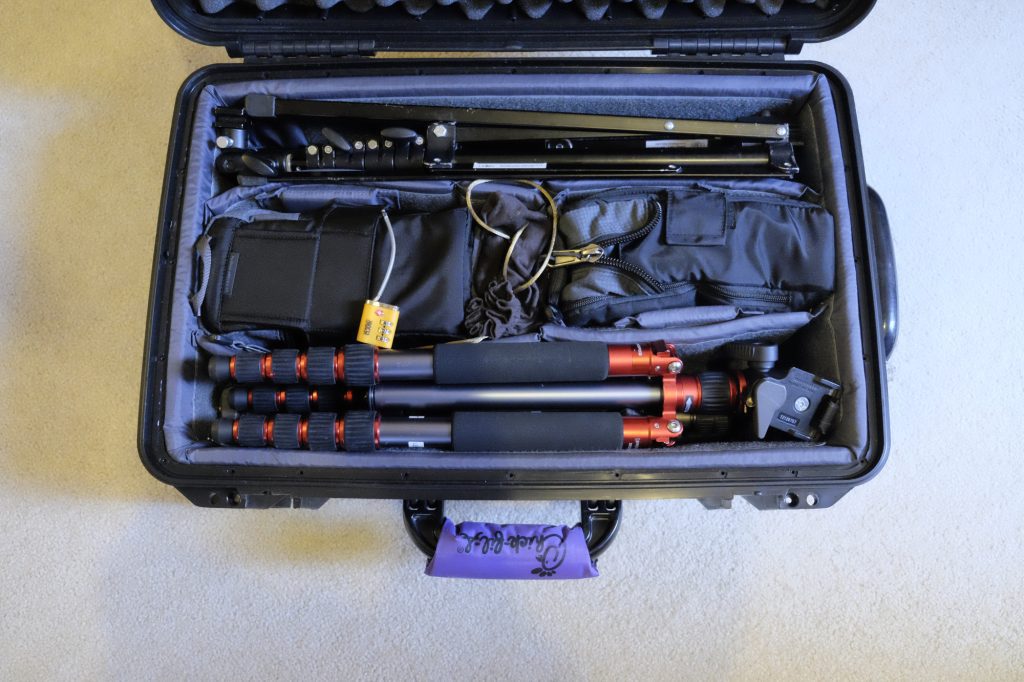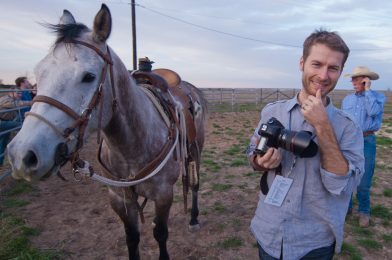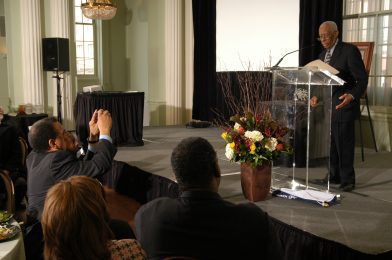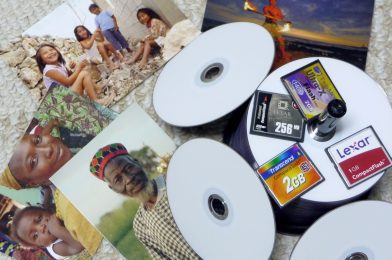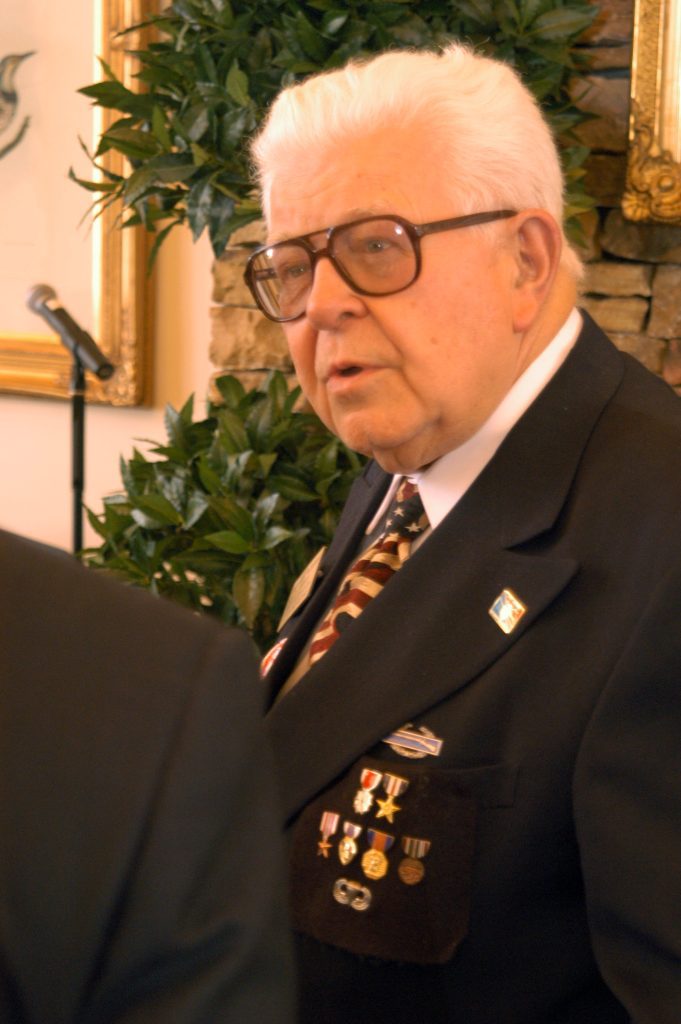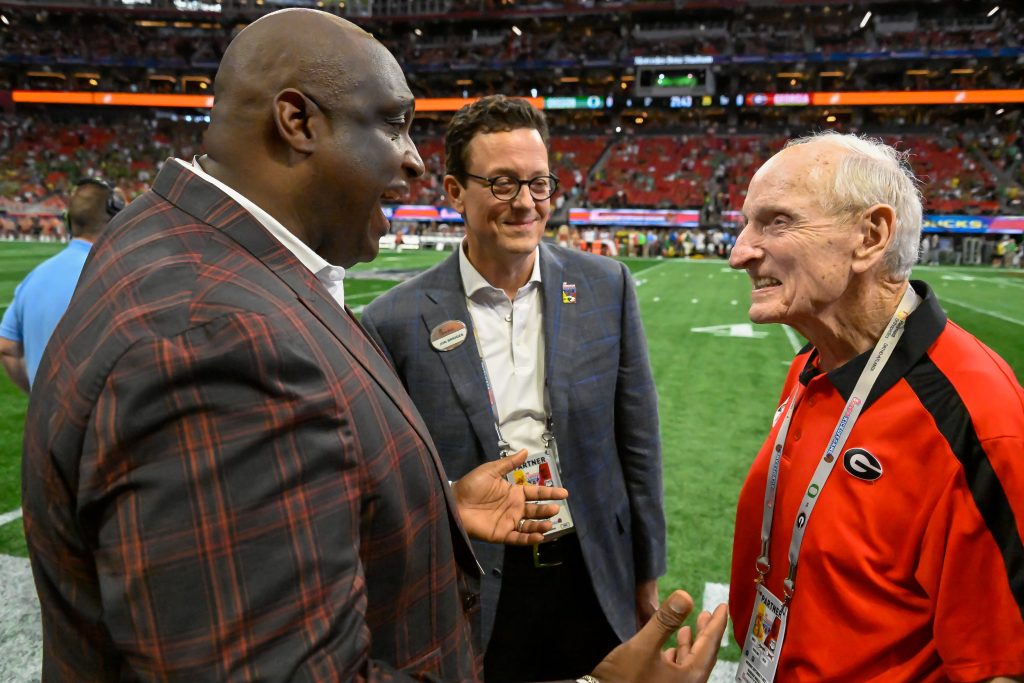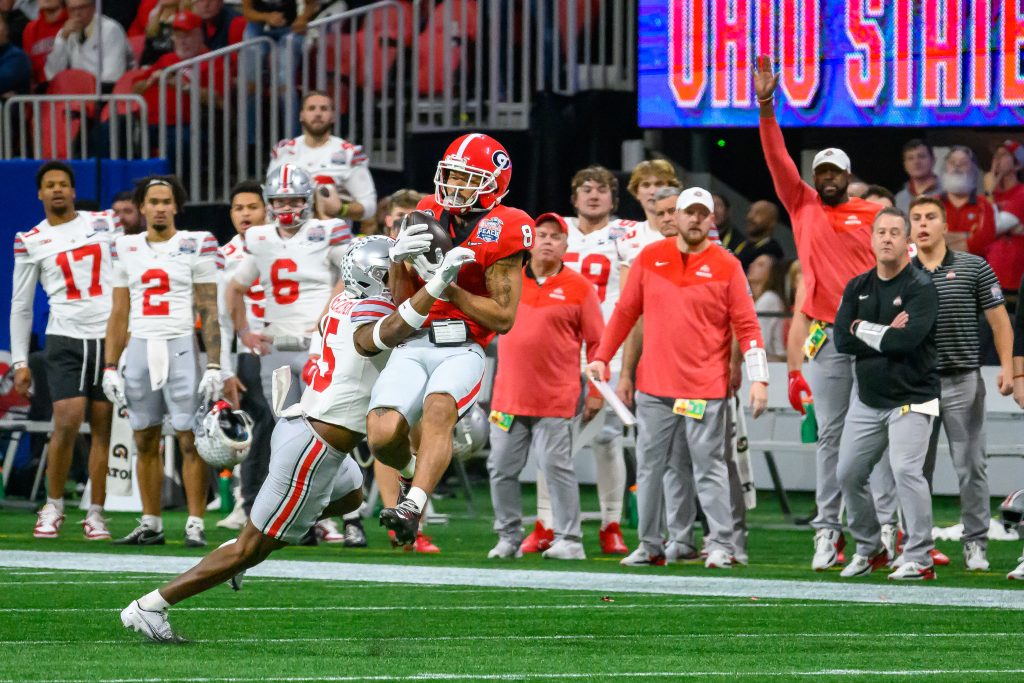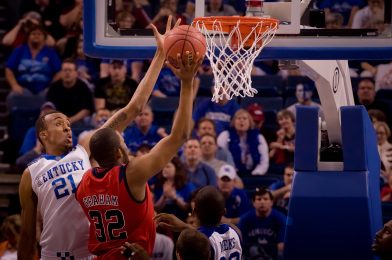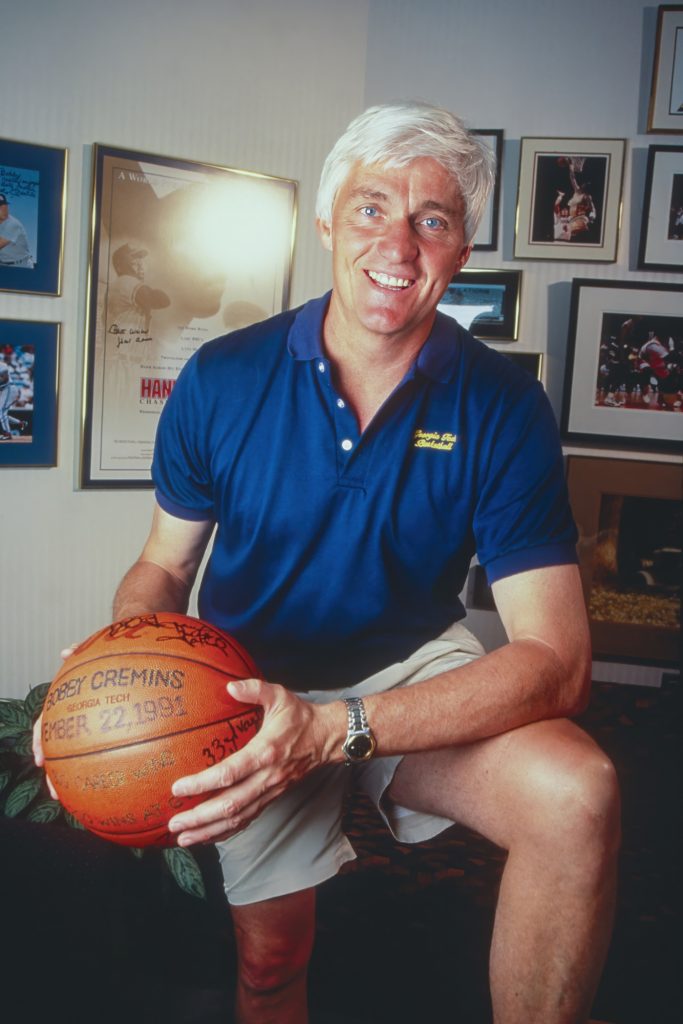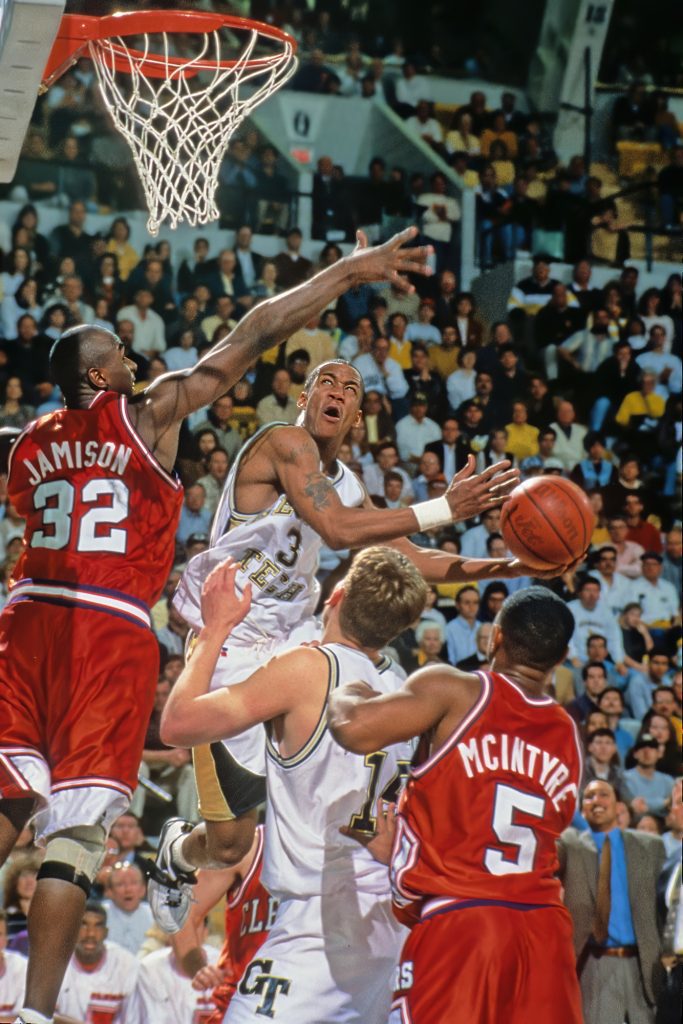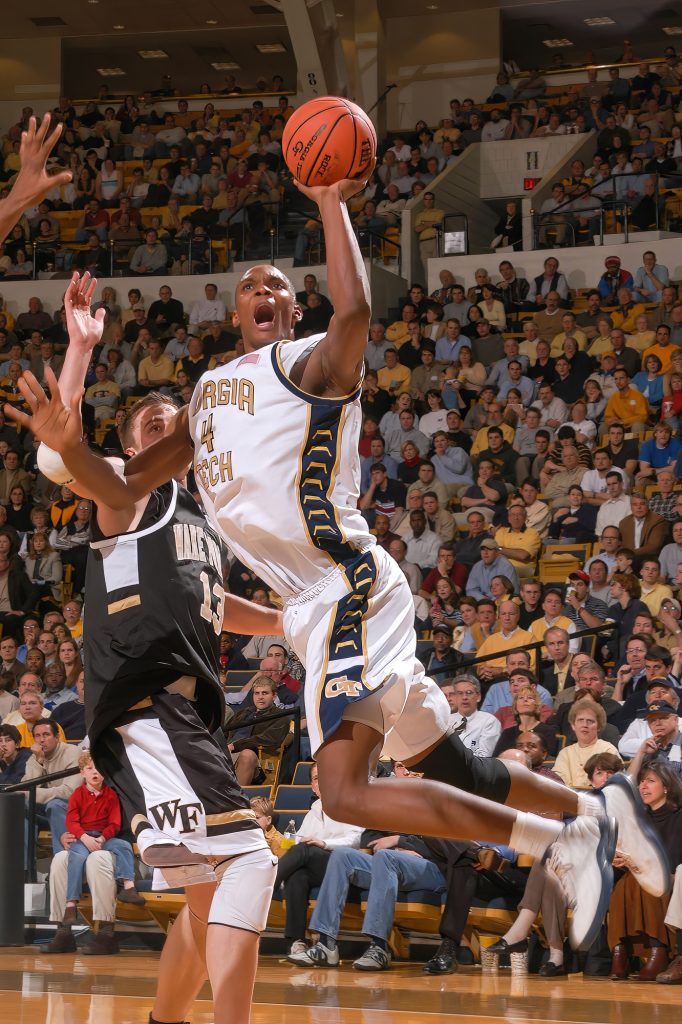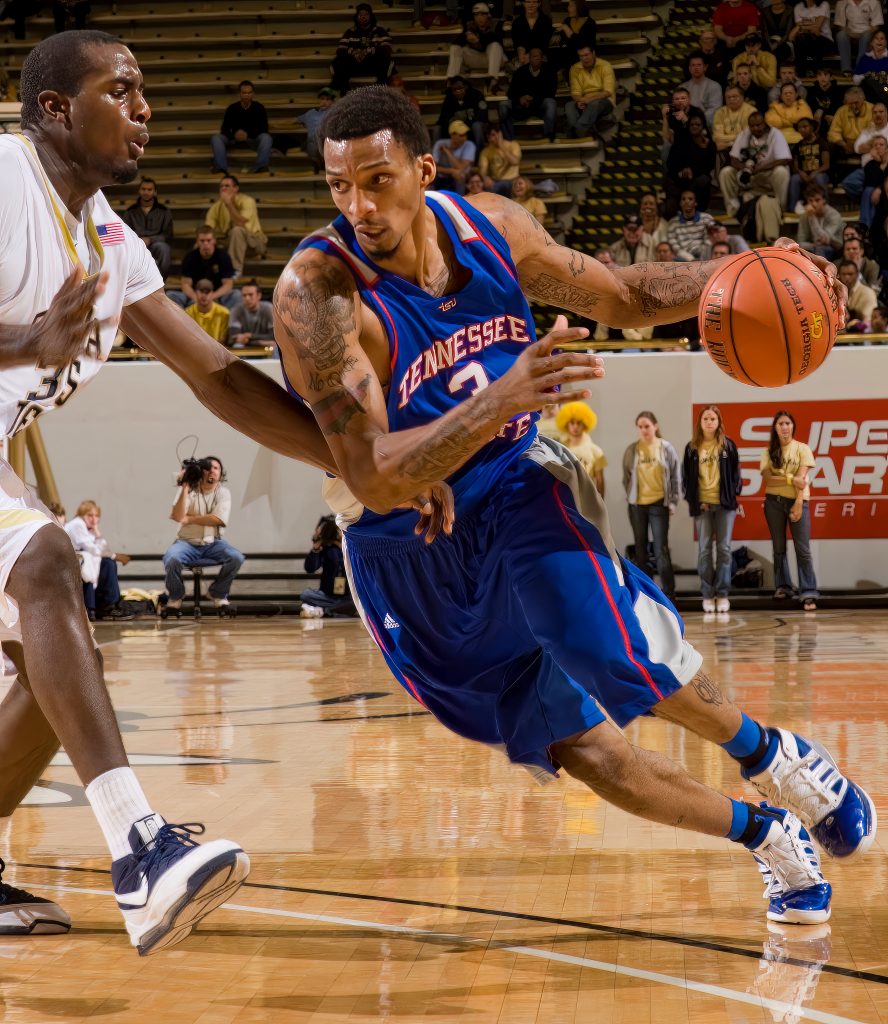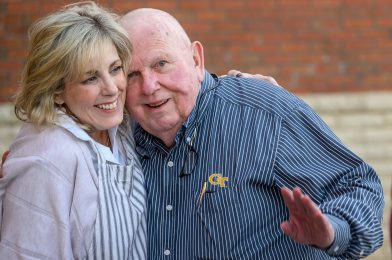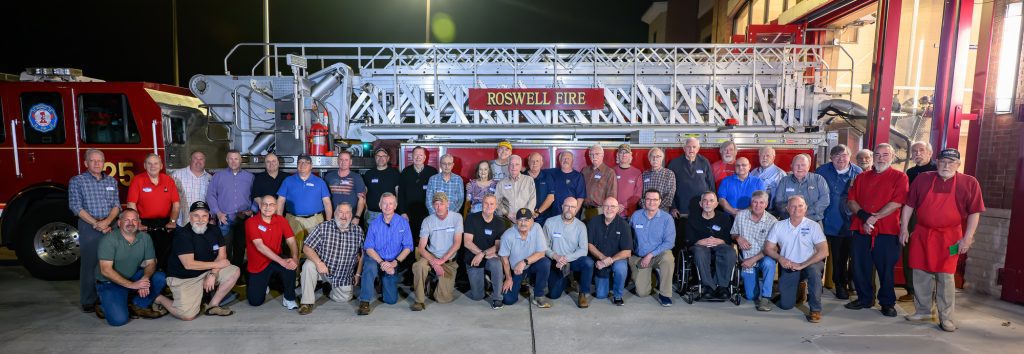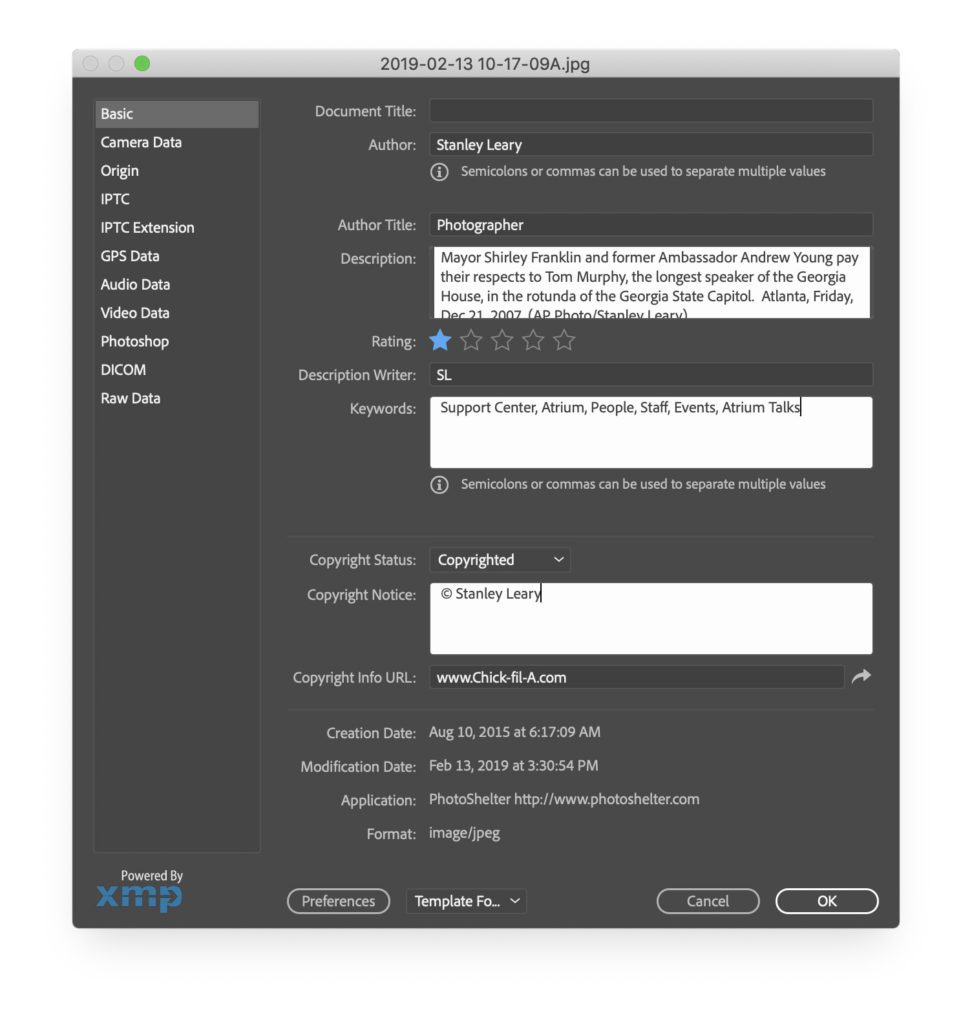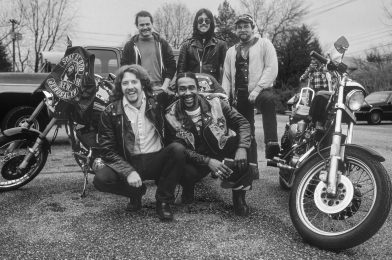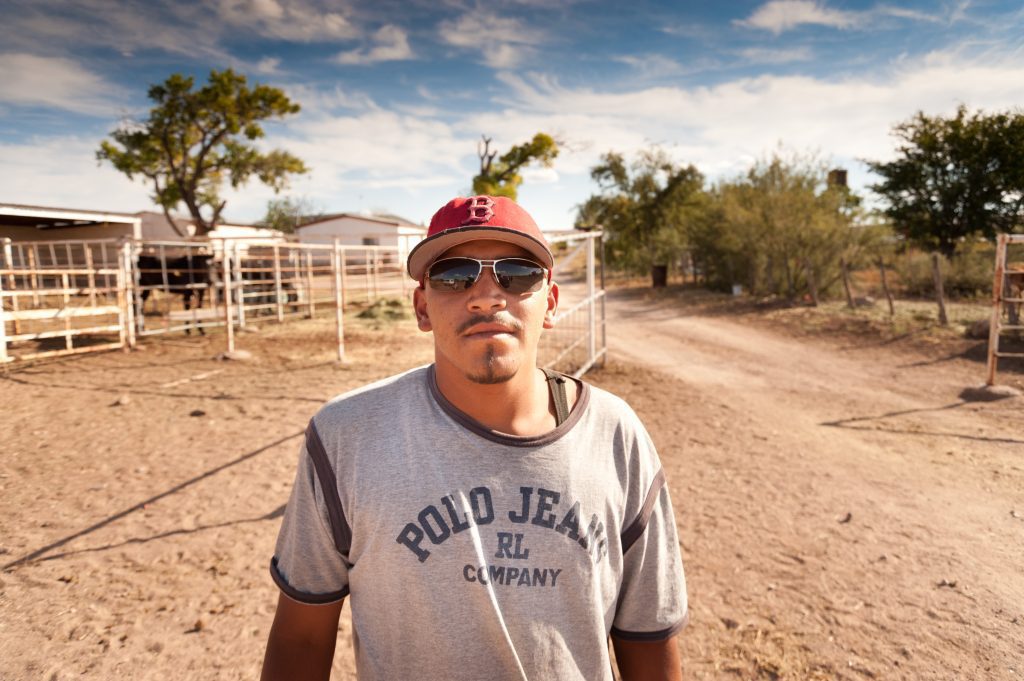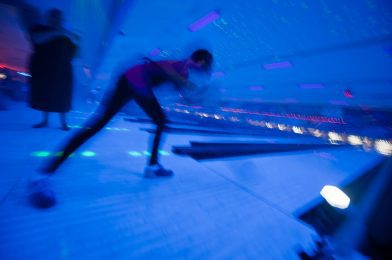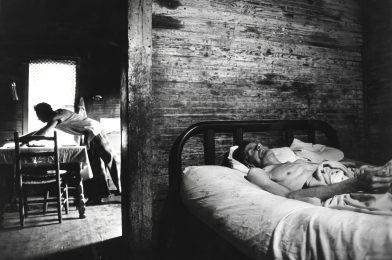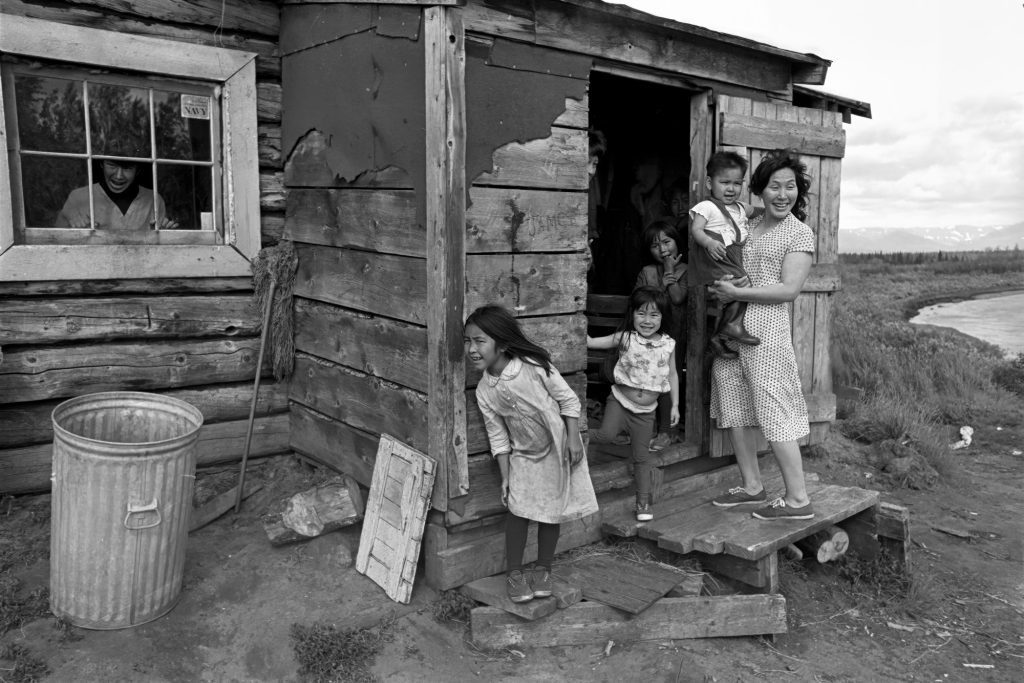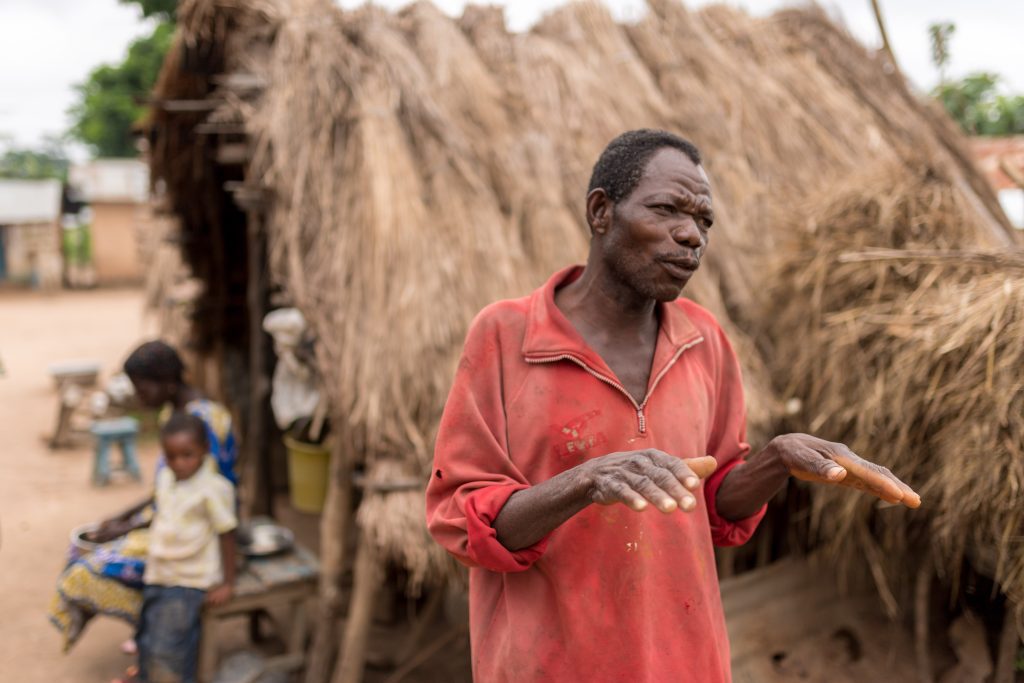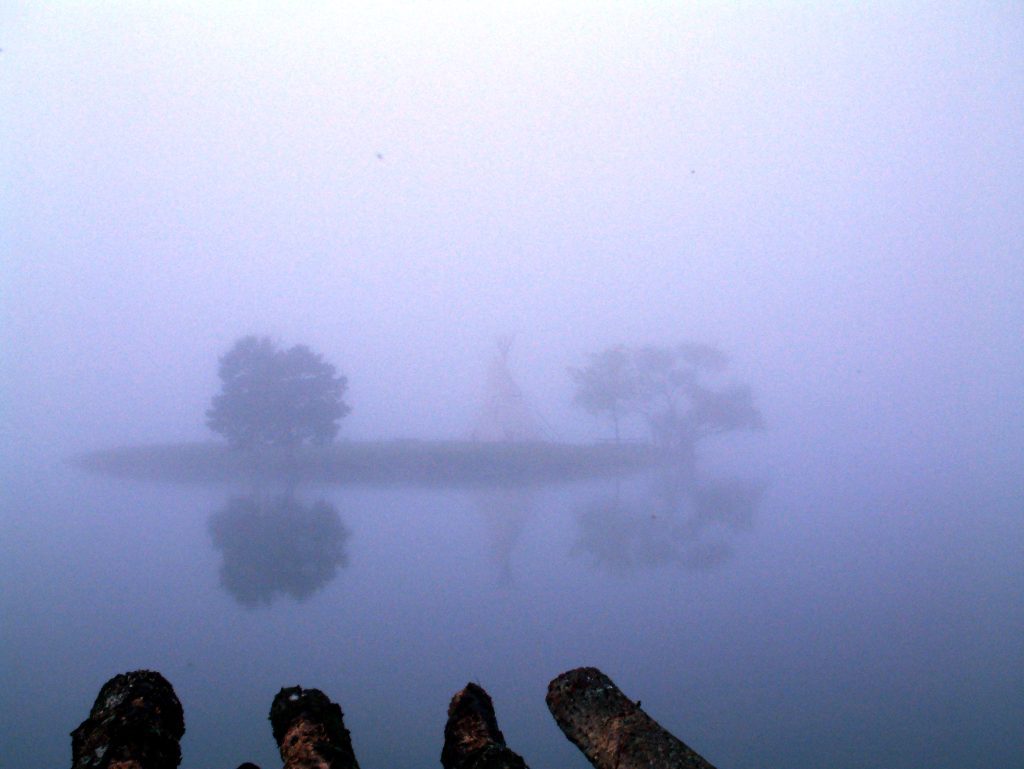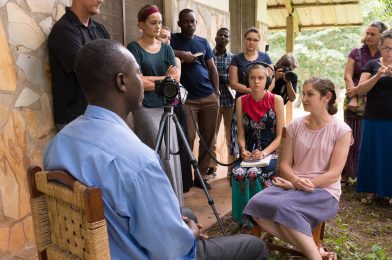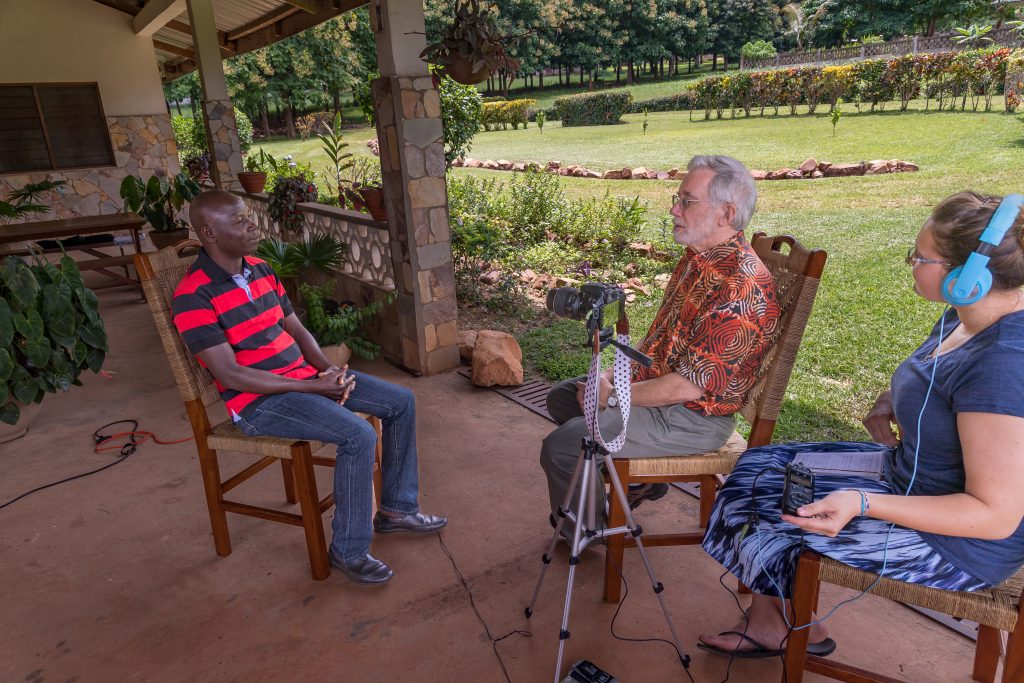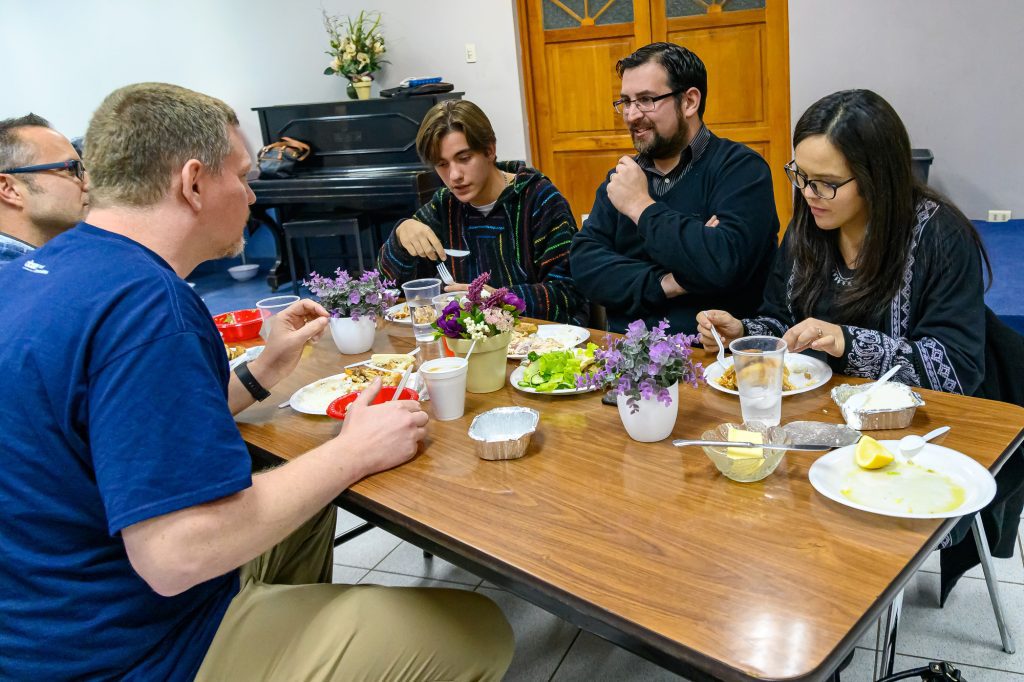[Caption: Stanley is taking pictures in Jonathan Stone’s class at Baptist Theological Seminary in Lima, Peru. Photo by Jeff Raymond]
Living with autism can be a challenging and unique experience, and it has led me on a lifelong adventure that has ultimately led me to become a professional communicator. I started not even talking until age 4, but as I learned to deal with my autism, I developed skills that now help me communicate with clients struggling to communicate their message to their audience.
Growing up with autism, I had to learn how to communicate effectively with others. This was not always easy, and I had to be creative in finding ways to communicate. However, this made me an excellent observer of body language and non-verbal cues. I learned to interpret these cues and developed the ability to share with others in ways they could understand.
As a photographer, I discovered I could communicate what I was experiencing before I could even talk with others. Photography became the key to my success in sharing my experiences with the world. Through my photos, I could capture the world around me and communicate it to others. As I progressed, I added a video, which gave me even more tools to share my message.
Today, my experience growing up with autism has given me a unique perspective on the importance of communication. I understand the struggles that individuals with communication challenges face, and I have developed skills that allow me to help others communicate their messages effectively. In addition, I recognize that effective communication is not just about the words we use but also about how we convey our message through body language, tone of voice, and other non-verbal cues.
In many ways, I believe everyone has slight autism or at least experiences communication challenges at some point. This is where professional communicators come in. We help individuals and organizations tell their stories and connect with their audiences. Our job is to take complex ideas and make them simple, take dry facts and engage them, and help people understand the message behind the words.
In conclusion, my journey with autism has taught me valuable lessons about communication. I have developed skills to understand my client’s needs and help them communicate their messages effectively. In addition, my experience has shown me the power of observation and how it can help us communicate in ways we never thought possible. I am grateful for this journey and the opportunity to help others share their message effectively.

